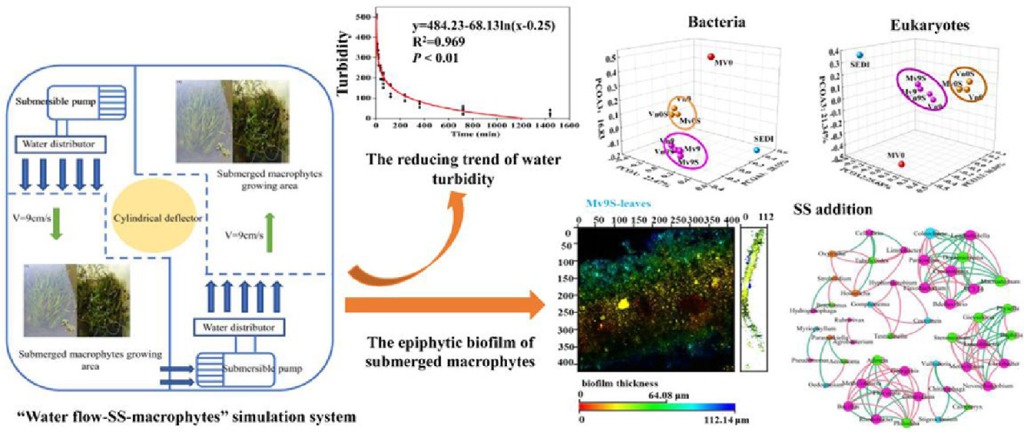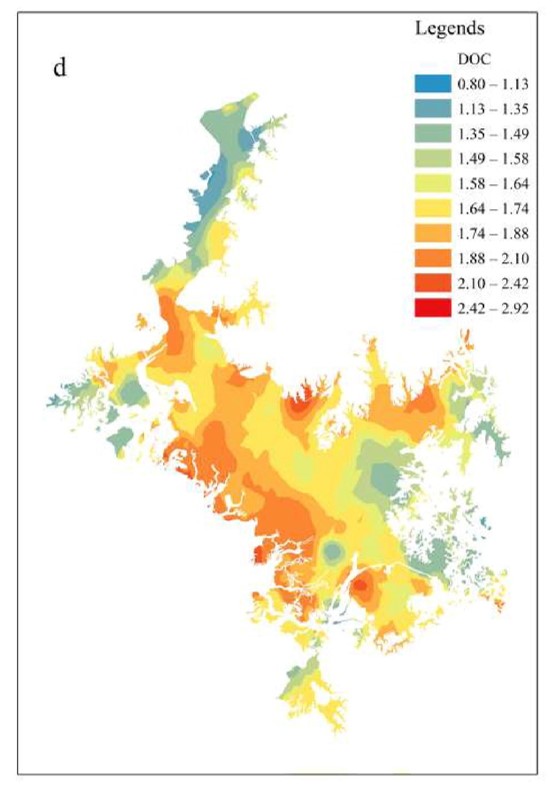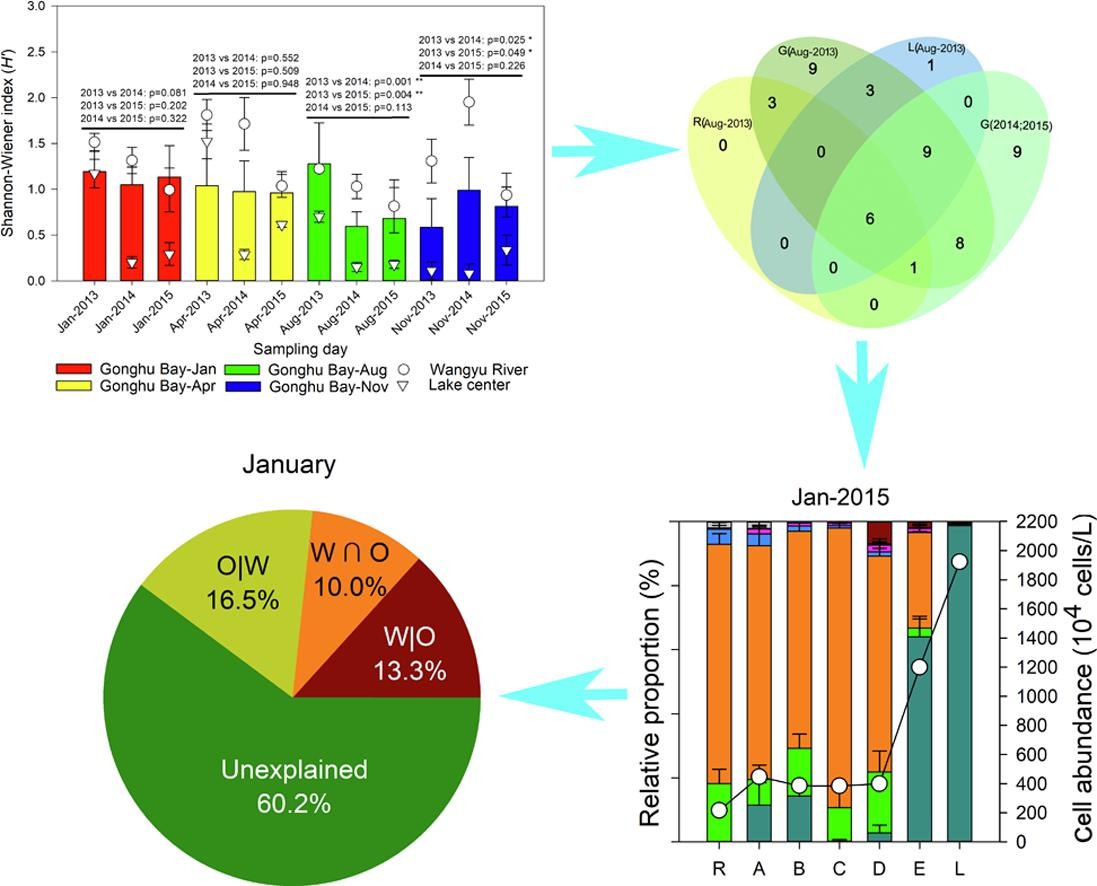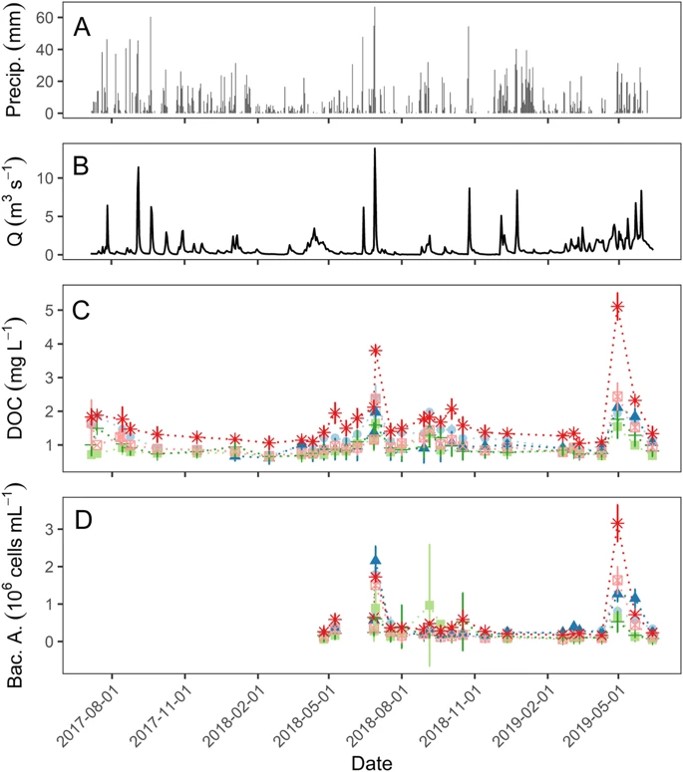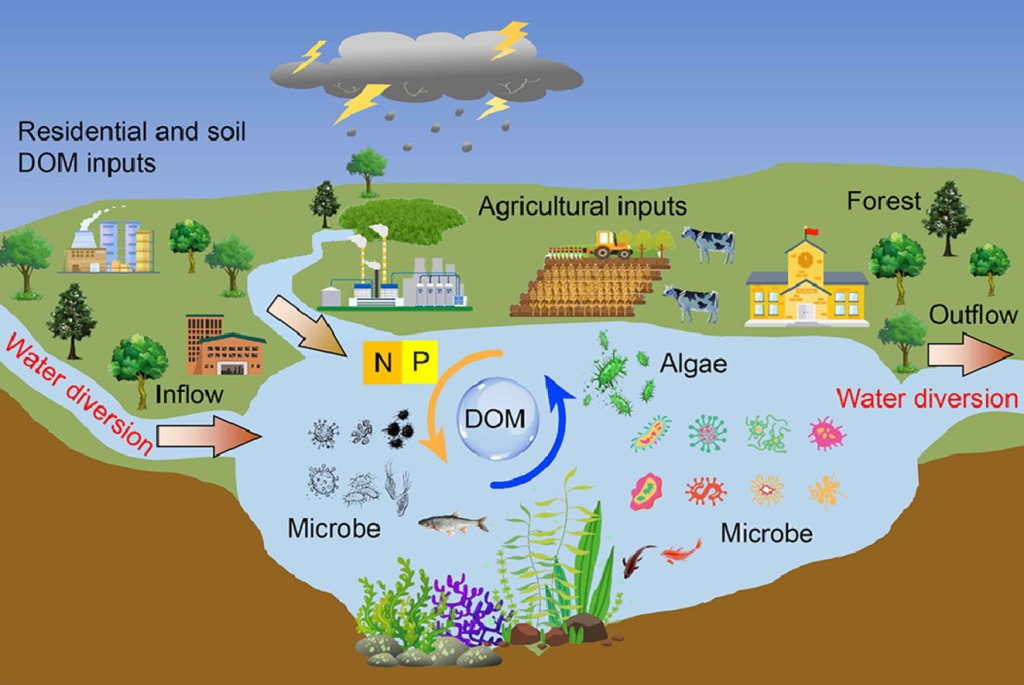
Authors
The Eastern Route of the South-to-North Water Diversion Project (SNWDP-ER) is a large scale multi-decade infrastructure project aiming to divert substantial amounts of water (≈45 billion m3 yr−1) to alleviate water shortage in comparatively arid regions of northern China. The project has ramifications for hydrological connectivity and biogeochemical cycling of dissolved organic matter (DOM) in regional lakes affected by the project. We carried out an extensive field sampling campaign along the SNWDP-ER in different hydrological seasons of 2018 and monthly observations in Lake Hongze and Lake Luoma from April 2018 to June 2021. We found the lakes connecting to the SNWDP-ER had higher mean DOC, specific UV absorbance, higher ratio of humic-like to protein-like fluorophores (Humic : Protein), and shallower spectral slope (S275–295) in the wet season compared to the wet-to-dry transition, and dry seasons. The southern lakes and Yangtze River had lower DOC concentration, bioavailable DOC (BDOC), and higher DOM aromaticity compared to the northern two downstream lakes. Ultrahigh-resolution mass spectrometry (FT-ICR MS) revealed higher relative abundance of CHO-containing and aromatic compounds in the Yangtze River and the southern three upstream lakes compared to the northern two lakes. The data from Lake Hongze and Lake Luoma, studied in different hydrological seasons, suggest that water delivery had high consistency in DOM composition and BDOC over the season. We conclude that positioning along the watercourse and seasonally variable hydrological conditions play an important role in influencing the DOM composition and bioavailability of key lakes connecting to the SNWDP-ER. Our results indicated that the water diversion project delivers water with low DOC concentration and higher aromaticity and thus is of higher quality since it has higher DOM removal potential during drinking water treatment.



